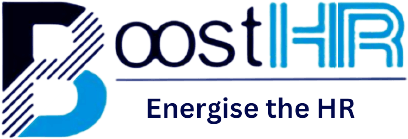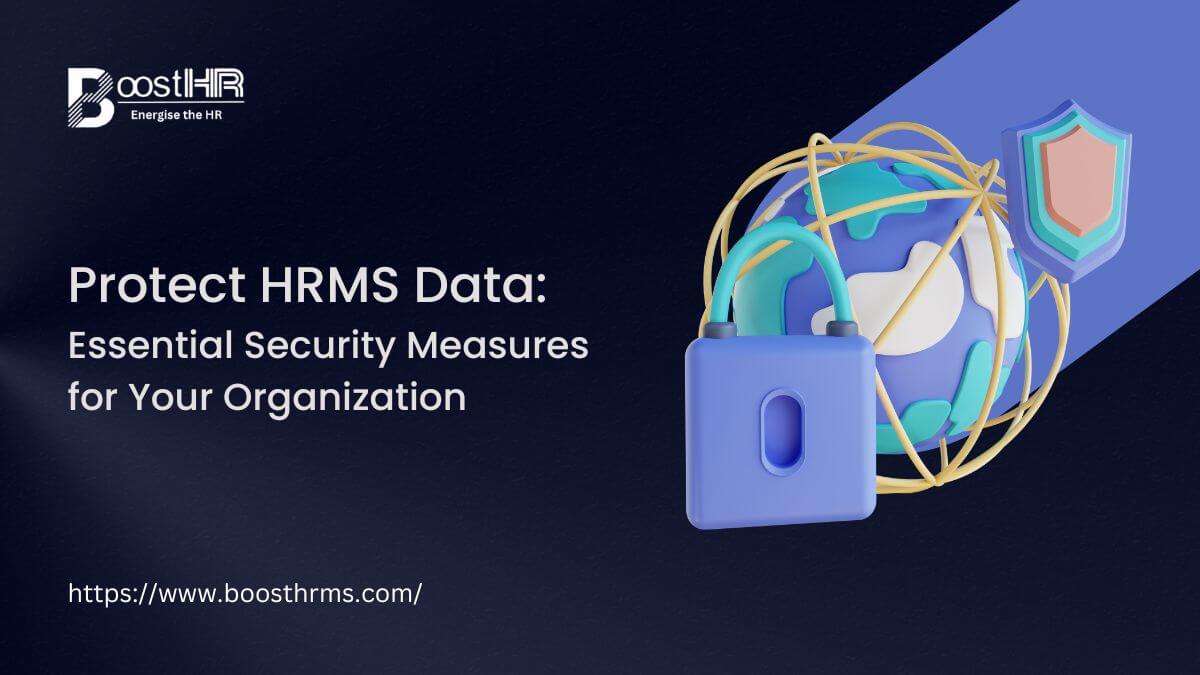Human Resource Management Systems (HRMS) have become an integral part of many organizations, providing a centralized platform to manage employee data, payroll, benefits, and other HR functions. As more companies rely on HRMS to streamline their HR processes, it has become increasingly important to implement security measures to protect sensitive HRMS data.
In recent years, data breaches have become more frequent and costly, with cybercriminals targeting organizations of all sizes and industries. The consequences of a data breach can be severe, including reputational damage, financial losses, and legal consequences. Therefore, it is crucial to ensure that appropriate security measures are in place to protect HRMS data from unauthorized access and cyber threats.
In this beginner’s guide, we will discuss the importance of protecting sensitive HRMS data and provide practical security measures that can be implemented to prevent unauthorized access and protect against data breaches.
Table of Contents
Why is it important to protect HRMS data?
Protecting HRMS data is essential for several reasons:
- Compliance: Many countries have data privacy laws that require organizations to protect personal data, including HR data. Non-compliance can result in hefty fines and legal consequences.
- Confidentiality: HR data is often sensitive and confidential, including personal information such as Social Security numbers, addresses, and health information. Unauthorized access to this information can lead to identity theft, fraud, and other malicious activities.
- Reputation: A data breach can damage an organization’s reputation and erode customer trust. This can lead to a loss of business and revenue.
Common threats to HRMS data
Understanding the common threats to HRMS data is essential to implementing effective security measures. Here are some of the most common threats:
- Phishing attacks: Cybercriminals use phishing emails to trick employees into providing sensitive information, such as login credentials, which can be used to access HRMS data.
- Malware: Malware can infect an organization’s systems and steal sensitive information, including HR data.
- Insider threats: Employees with authorized access to HRMS data can intentionally or unintentionally leak sensitive information.
- Weak passwords: Weak passwords can be easily guessed or cracked, providing unauthorized access to HRMS data.
Security measures to protect HRMS data
Implementing appropriate security measures can help protect HRMS data from these common threats. Here are some security measures that should be considered:
- Access controls: Implement strict access controls to ensure that only authorized personnel can access HRMS data. This includes implementing password policies, multi-factor authentication, and role-based access control.
- Encryption: Encrypt HRMS data to protect it from unauthorized access. This includes encrypting data at rest and in transit.
- Employee training: Provide regular training to employees to raise awareness of common cyber threats and how to identify and avoid them.
- Data backups: Regularly back up HRMS data to ensure that it can be restored in the event of a data breach or system failure.
- Incident response plan: Develop an incident response plan to ensure that the organization is prepared to respond quickly and effectively in the event of a data breach.
Best practices for HRMS security
Here are some best practices for HRMS security:
- Regularly review access controls to ensure that only authorized personnel have access to HRMS data.
- Conduct regular security audits to identify vulnerabilities and ensure that security measures are up to date.
- Implement a strong password policy.
- Use firewalls, antivirus software, and other security tools to protect against malware and other cyber threats.
- Limit the amount of data collected and stored to reduce the risk of a data breach.
- Regularly update software and firmware to ensure that security vulnerabilities are patched.
Choosing a secure HRMS solution
Choosing a secure HRMS software solution is essential to protect sensitive HR data. Here are some factors to consider:
- Data encryption: Choose an HRMS solution that uses data encryption to protect HR data.
- Access controls: Ensure that the HRMS solution provides robust access controls, including password policies and multi-factor authentication.
- Regular updates: Choose an HRMS solution that is regularly updated to ensure that security vulnerabilities are patched.
- Data backups: Ensure that the HRMS solution includes regular data backups to protect against data loss.
- Compliance: Choose an HRMS solution that complies with data privacy laws, such as GDPR or CCPA.
Conclusion
Protecting sensitive HRMS data is essential for compliance, confidentiality, and reputation management. Organizations must implement appropriate security measures to prevent unauthorized access and cyber threats. This includes access controls, encryption, employee training, data backups, and incident response planning. By following best practices and choosing a secure HRMS solution, organizations can protect sensitive HR data and reduce the risk of a data breach.
In conclusion, protecting HRMS data is a critical aspect of modern HR management. Organizations that fail to implement appropriate security measures risk significant consequences, including financial losses and reputational damage. By following the security measures and best practices outlined in this beginner’s guide, organizations can protect HRMS data and ensure compliance with data privacy laws.
Article you might be interested in: Skill-Based Hiring for Blue-Collar Startups: A New Approach
Frequently Asked Questions
What is HRMS data?
HRMS stands for Human Resources Management System, and HRMS data refers to the collection of personal and sensitive information about employees, such as payroll data, health information, and performance evaluations. This data is essential to the operation of an organization’s HR department and must be protected from unauthorized access, theft, and cyber threats.
Why is it essential to protect HRMS data?
HRMS data contains sensitive and confidential information about employees, including social security numbers, bank account information, and personal contact details. A data breach or unauthorized access to this information can have significant financial, legal, and reputational consequences for the organization and its employees. Protecting HRMS data is not only essential for compliance with data privacy laws but also for maintaining employee trust and confidence.
What are the most common threats to HRMS data?
The most common threats to HRMS data include the following:
– Phishing attacks: where employees are tricked into providing login credentials or other sensitive information to hackers.
– Malware attacks: where malicious software is installed on a system to steal or corrupt HRMS data.
– Insider threats: where employees intentionally or unintentionally leak HRMS data.
– Social engineering: where hackers use psychological manipulation to gain access to HRMS data.
– Unsecured devices: where mobile or remote devices are used to access HRMS data without proper security measures in place.
How can organizations protect against threats to HRMS data?
Organizations can protect against threats to HRMS data by implementing the following security measures:
– Access controls: including strong password policies, multi-factor authentication, and role-based access controls.
– Encryption: encrypting HRMS data in transit and at rest to protect against data breaches and cyber threats.
– Employee training: providing regular training and education to employees on data privacy, security, and incident response.
– Incident response planning: creating a plan for responding to data breaches and cyber threats and regularly testing the plan to ensure its effectiveness.
– Regular updates: regularly updating software, firmware, and security systems to patch vulnerabilities and reduce the risk of data breaches.
– Data backups: regularly backing up HRMS data to protect against data loss and corruption.
How can encryption help protect sensitive HRMS data?
Encryption is a process of converting sensitive data into an unreadable format that can only be accessed with a decryption key. Encrypting HRMS data can help protect it from unauthorized access and cyber threats, as even if the data is intercepted or stolen, it cannot be read without the decryption key. Encryption can be applied to data in transit, such as when it is being transmitted over a network, or data at rest, such as when it is stored on a hard drive.
What encryption methods are commonly used to protect sensitive HRMS data?
There are several encryption methods commonly used to protect sensitive HRMS data, including:
– Advanced Encryption Standard (AES): a symmetric encryption algorithm that uses a fixed-length key to encrypt and decrypt data.
– RSA: an asymmetric encryption algorithm that uses a public key to encrypt data and a private key to decrypt it.
– Transport Layer Security (TLS): a protocol that encrypts data in transit between two systems, such as a web server and a browser.
– Virtual Private Networks (VPNs): a secure network connection that encrypts data in transit between two systems, allowing employees to access HRMS data securely from remote locations.
These encryption methods can be used alone or in combination to provide robust protection for sensitive HRMS data.


0 Comments